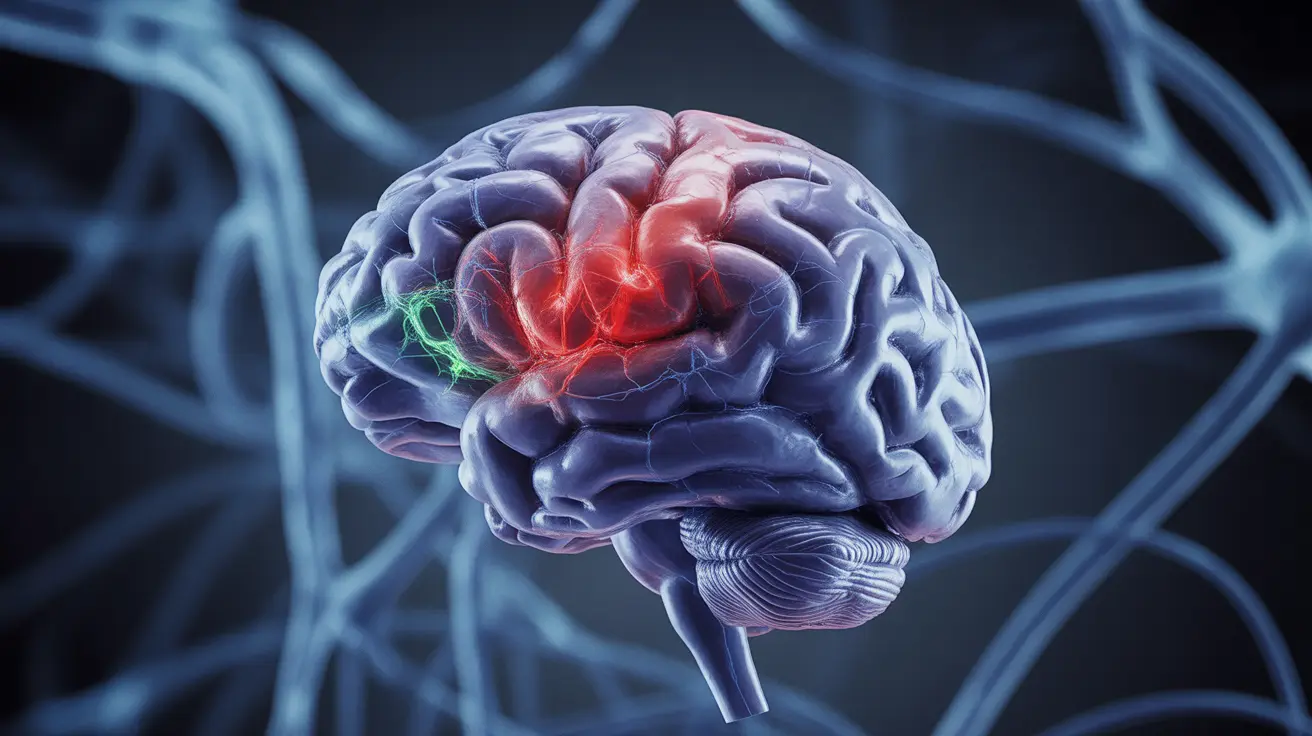Spasticity is a complex neurological condition that affects muscle control and movement, causing muscle stiffness, tightness, and involuntary contractions. This condition can significantly impact daily activities and quality of life, but with proper understanding and management, many individuals can find relief and maintain better function.
Whether resulting from stroke, spinal cord injury, or other neurological conditions, spasticity requires a comprehensive approach to treatment and ongoing care. Understanding its causes, recognizing symptoms early, and knowing available treatment options are crucial steps in managing this challenging condition effectively.
Understanding Spasticity and Its Causes
Spasticity occurs when there's damage or disruption to the portions of the brain or spinal cord that control muscle movement and tone. This damage leads to increased muscle tone and exaggerated reflexes, making movements difficult and sometimes painful.
Common causes of spasticity include:
- Stroke
- Multiple sclerosis (MS)
- Cerebral palsy
- Traumatic brain injury
- Spinal cord injury
- Amyotrophic lateral sclerosis (ALS)
Recognizing the Signs and Symptoms
Spasticity can manifest in various ways, and symptoms may range from mild to severe. Understanding these symptoms is crucial for early intervention and proper management.
Primary Symptoms
Key indicators of spasticity include:
- Increased muscle tone or tightness
- Muscle spasms or clonus
- Resistance to passive movement
- Abnormal posture
- Limited range of motion
- Pain or discomfort during movement
Treatment Approaches and Management Strategies
Managing spasticity typically requires a multi-faceted approach, combining various treatment methods to achieve the best possible outcomes. Treatment plans are usually tailored to individual needs and symptoms.
Medication Options
Several medications can help manage spasticity:
- Oral medications (baclofen, dantrolene, tizanidine)
- Injectable treatments (botulinum toxin)
- Intrathecal baclofen therapy
Physical Therapy and Rehabilitation
Physical therapy plays a crucial role in spasticity management through:
- Stretching exercises
- Range-of-motion activities
- Strength training
- Positioning techniques
- Use of orthotics or splints
Living with Spasticity
Daily management of spasticity involves various strategies to maintain function and prevent complications. This includes maintaining proper posture, following prescribed exercise routines, and using assistive devices when necessary.
Frequently Asked Questions
- What are the common causes and symptoms of spasticity?
Spasticity is primarily caused by damage to the central nervous system, including conditions like stroke, MS, and spinal cord injury. Common symptoms include muscle stiffness, involuntary movements, and increased resistance to passive movement.
- How is spasticity typically treated, and what are the most effective management options?
Effective treatment typically involves a combination of oral medications, physical therapy, and in some cases, injectable treatments like botulinum toxin. The most successful approach often combines multiple treatment methods tailored to individual needs.
- Can spasticity be caused by anything other than neurological conditions, and what triggers its onset?
While neurological conditions are the primary cause, spasticity can be triggered or worsened by factors such as infections, skin breakdown, tight clothing, extreme temperatures, and certain positions. Identifying and managing these triggers is crucial for symptom control.
- What are the benefits and risks of using botulinum toxin injections for spasticity treatment?
Botulinum toxin injections can provide targeted relief from muscle spasticity, improving range of motion and reducing pain. Risks include temporary muscle weakness, injection site pain, and rarely, spread of the toxin to other areas. Regular monitoring and proper dosing are essential.
- How does spasticity affect daily activities and quality of life, and what can be done to prevent complications?
Spasticity can impact mobility, self-care, and overall independence. Prevention of complications involves regular exercise, proper positioning, maintaining skin health, and following prescribed treatment plans. Working with healthcare providers to adjust strategies as needed helps maintain optimal function and quality of life.




